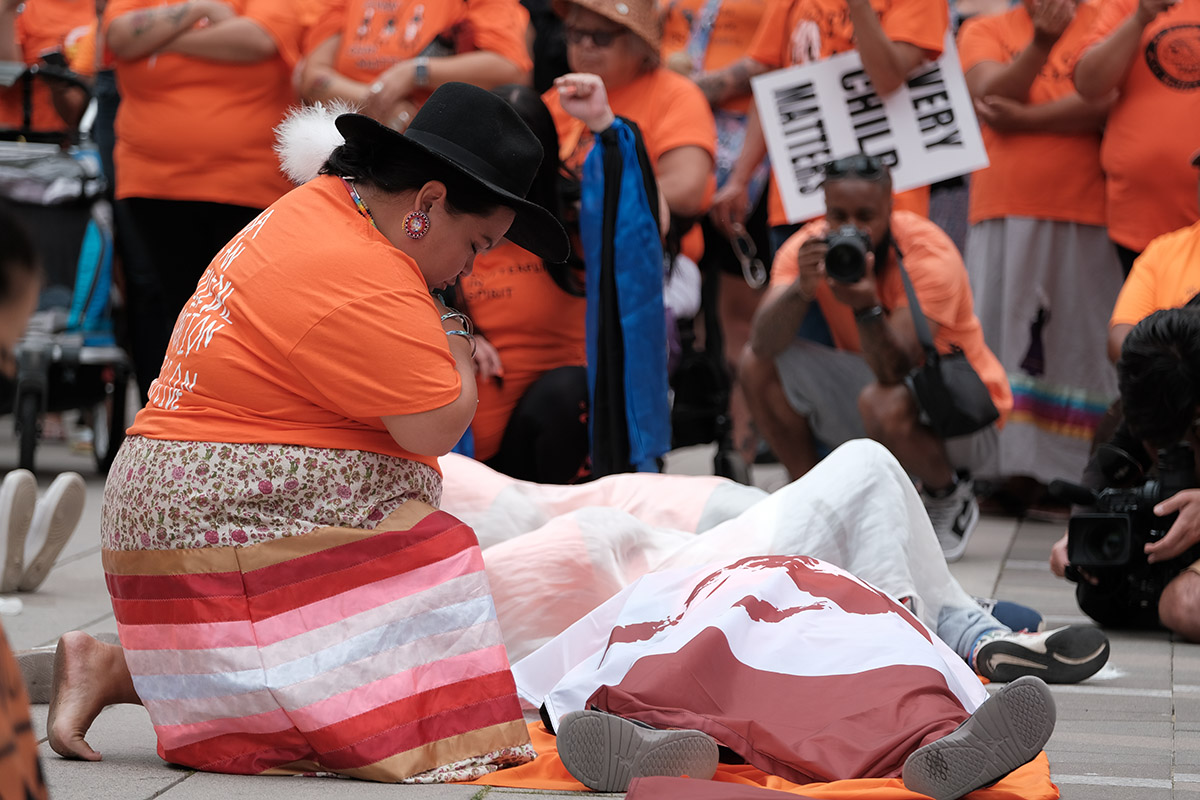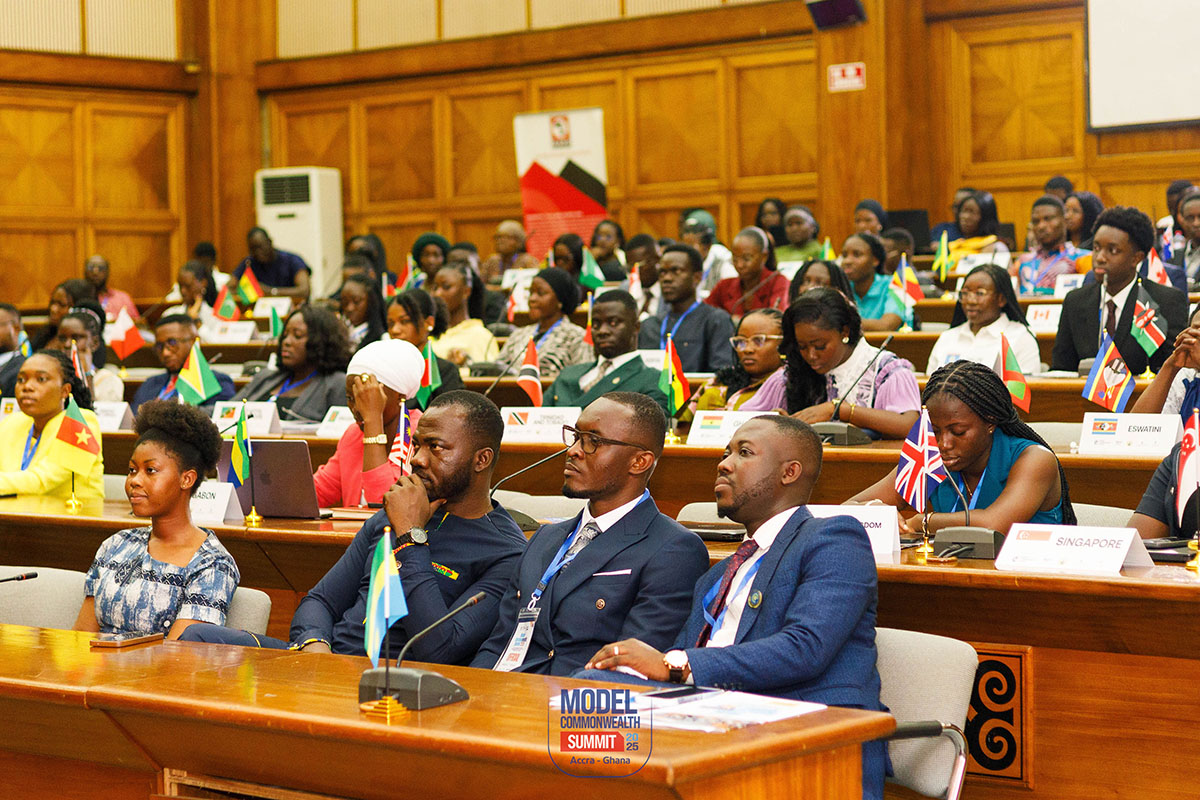“The unbreakable bond: health and culture “
May 10 Providing the framework for good health involves multiple factors, writes Sarah Syed, 20, a Correspondent in Toronto, Canada, including the viewpoints of different cultural values and approaches.
Providing the framework for good health involves multiple factors, writes Sarah Syed, 20, a Correspondent in Toronto, Canada, including the viewpoints of different cultural values and approaches.
Health is a human right. To deprive an individual of resources and access to treatment for health is to deny them of a means that is needed for everyday life. Access to healthcare also involves the need for a culturally competent and holistic system of healthcare for patients.
Health is an abstract concept with a great deal of ambiguity attached to the term, which can make it challenging to define. The World Health Organization defines health as “a state of complete physical, mental and social well-being and not merely the absence of disease and infirmity.” Therefore, health entails multiple factors that influence the well-being of individuals, and in turn, multiple outlooks in approaching illness.
Interestingly, the interpretation of being “healthy” may differ between various cultures. For instance, the Indigenous peoples of Canada define health and well-being through the Medicine Wheel – which defines a healthy state as a balance among four interconnected realms: physical, mental, emotional and spiritual. The concept of sickness starts with the spirit. If the spirit is wounded, illness arises. In contrast, Western medicine outlines health through a naturalistic explanation – illness which is due to mechanistic causes such as injury, deterioration, or malnutrition. To return to a state of a healthy body, the application of the scientific method comes into play. This involves a system of healthcare professionals who treat symptoms with the use of drugs, surgery, or radiation.
In countries with multicultural societies, such as Canada, there has been a growing recognition of the need for creating and delivering culturally competent healthcare services. A culturally competent healthcare system entails the organisation of services that meet the social, cultural, and linguistic needs of patients. In doing so, cross-cultural understandings of health may be clarified and language barriers may be reduced. This can allow for an overall improvement in the quality of healthcare for patients.
In Canada, efforts have been taken to incorporate cultural understandings in the field of healthcare. For example, the Canadian Collaboration for Immigrant and Refugee Health (CCIRH) was created to provide over 150 practitioners, specialists, researchers, immigrant community leaders, and policy makers with information on the health of migrant patients. This initiative collects data from around the world to instigate recommendations, preventative care checklists, and various tools to aid practitioners in meeting the health needs of new immigrants and refugees. Through this, cultural sensitivity is taken into account to meet health requirements of diverse groups.
Another insight into Canada’s efforts in creating a culturally-comprehensive healthcare system is the establishment of the Multicultural Mental Health Resource Centre (MMHRC). This centre offers resources on cultural competence training for the general public, healthcare professionals, and policymakers. Through introducing this training, the quality of mental health services for people of diverse ethnicities and cultures may be improved. This improvement is made possible by making healthcare professionals and lay people recognise the cultural significance of healthcare.
Of course, the healthcare system in Canada is not perfect, but the efforts to bridge cultural competency with medical care helps to create a stronger foundation for the delivery of health services. This goes to show the importance of acknowledging the role that culture plays in the field of health. By way of recognising and understanding the needs of diverse groups of people, equitable healthcare and quality improvements can be established for patients.
photo credit: Rinet IT stethoscope on laptop via photopin (license)
…………………………………………………………………………………………………………………
About me: I am a student at the University of Toronto pursuing my Bachelor of Science in Human Biology and Health Studies. I founded Global Youth Impact (GYI) with my siblings, a non-profit organisation that empowers young people to be change makers locally and globally. My siblings and I perform professionally to raise awareness on various issues (YouTube: DEYSofficial). As a singer, songwriter, and activist I am passionate about sharing stories and making a positive difference in whatever way I can.
…………………………………………………………………………………………………………………
Opinions expressed in this article are those of the author and do not necessarily represent the views of the Commonwealth Youth Programme. Articles are published in a spirit of dialogue, respect and understanding. If you disagree, why not submit a response?
To learn more about becoming a Commonwealth Correspondent please visit: http://www.yourcommonwealth.org/submit-articles/
…………………………………………………………………………………………………………………




